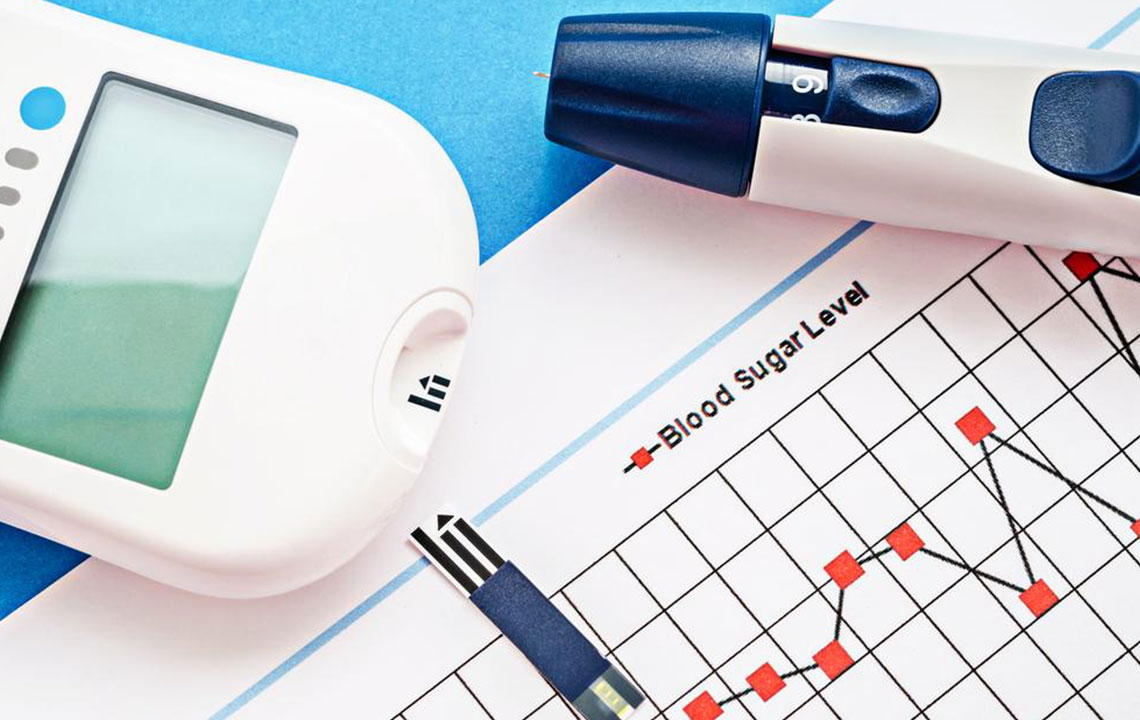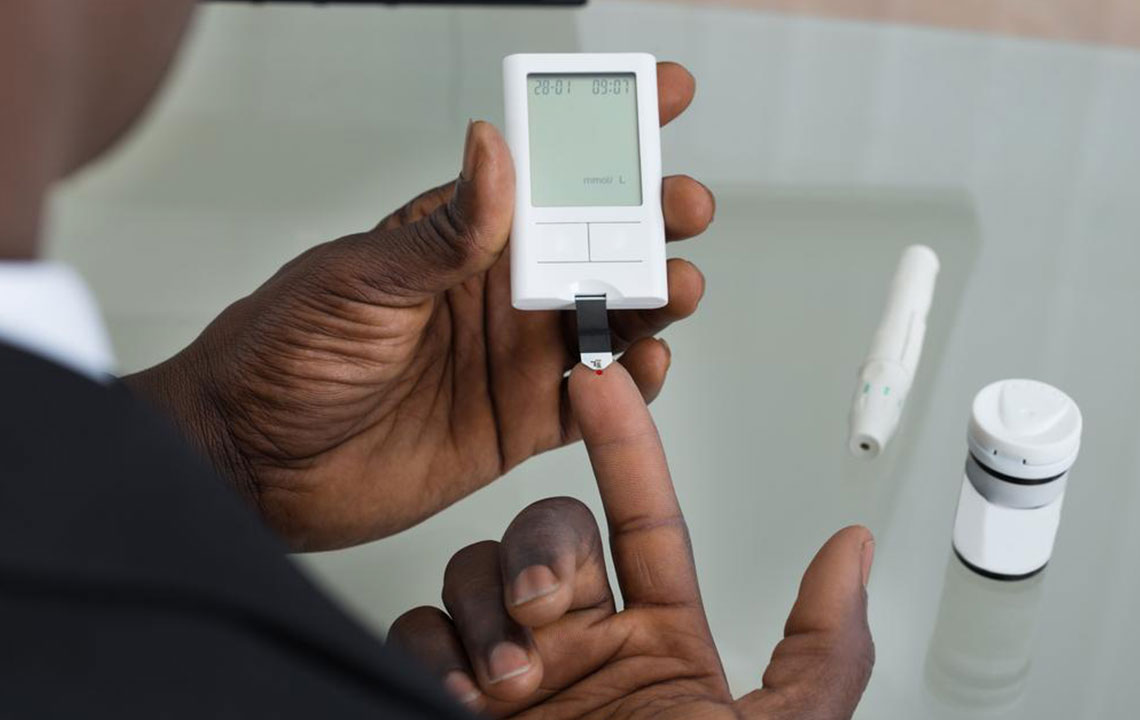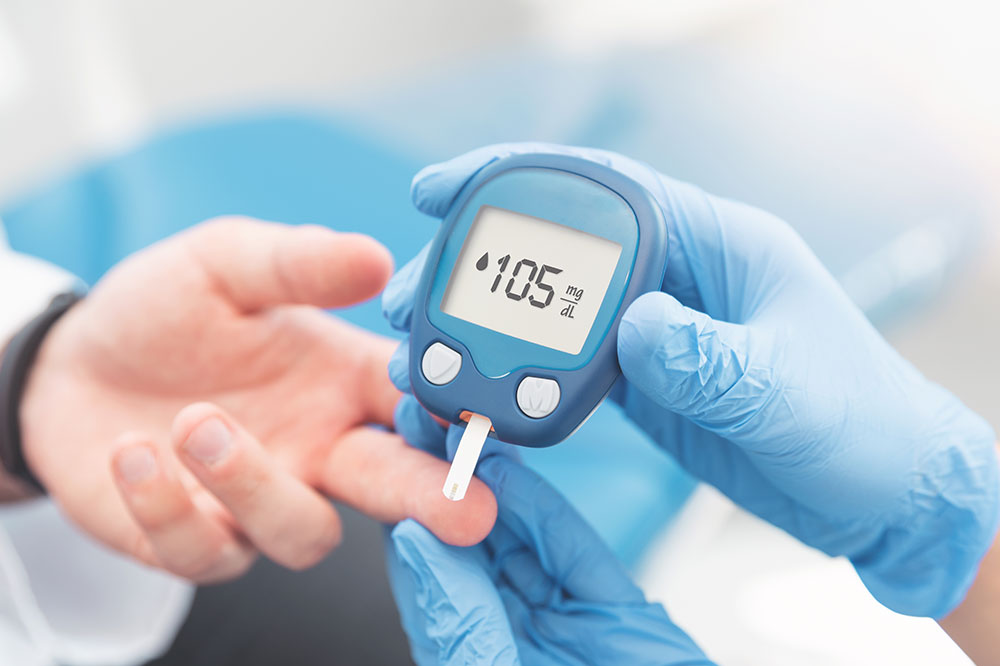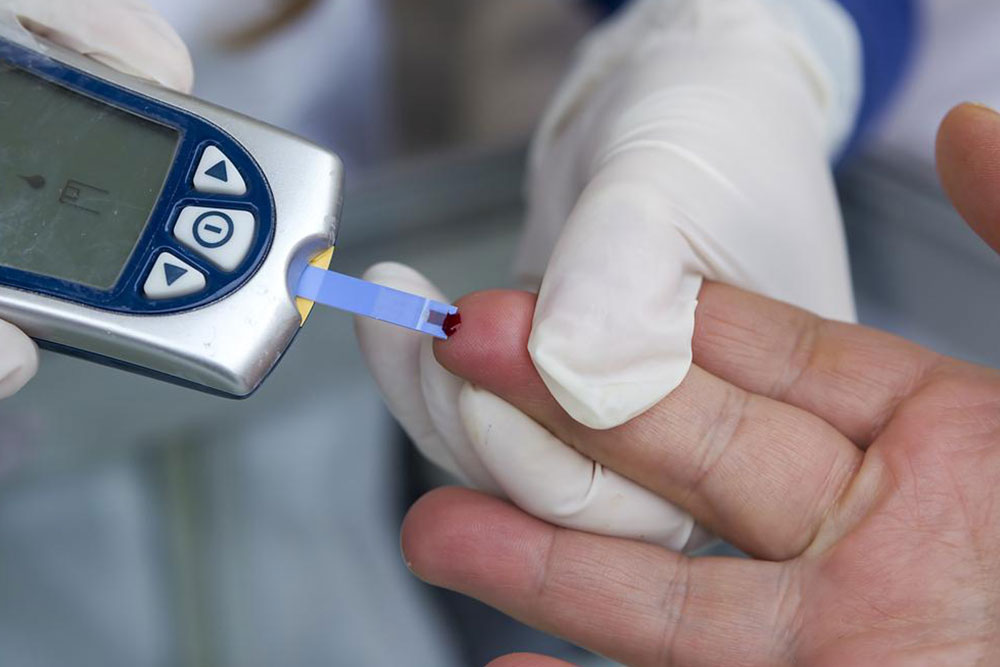Comprehensive Guide to Blood Glucose Monitoring: Benefits and Best Practices
This comprehensive guide emphasizes the importance of blood glucose monitoring in maintaining overall health. It covers various testing methods, the interpretation of blood sugar charts, and practical tips for managing blood sugar levels effectively. The article highlights how routine monitoring helps prevent serious health issues like diabetes and promotes a healthier lifestyle. Whether for diabetic patients or health-conscious individuals, understanding blood glucose tracking is vital for long-term wellness and disease prevention.

Comprehensive Guide to Blood Glucose Monitoring: Benefits and Best Practices
Maintaining healthy blood sugar levels is essential for overall health and well-being. For individuals with diabetes or those at risk, understanding and monitoring blood glucose is a vital part of managing their condition effectively. Blood glucose monitoring involves tracking blood sugar levels through various tests, helping individuals and healthcare providers detect abnormalities early and take appropriate actions. This comprehensive guide explores the importance of blood glucose monitoring, how to interpret blood sugar charts, and best practices to maintain optimal levels for a healthier life.

Blood glucose levels are assessed through several types of tests, each providing valuable insights into a person's metabolic health. Common tests include fasting blood sugar tests, random blood sugar tests, and oral glucose tolerance tests. Fasting blood sugar tests measure blood glucose after an overnight fast and are commonly used for diabetes diagnosis. Random blood sugar tests check blood glucose at any time during the day, capturing real-time data. The glucose tolerance test assesses how effectively the body processes glucose after consumption, providing a detailed picture of blood sugar regulation. Regularly reviewing these results with a healthcare professional helps identify patterns and potential risks, enabling timely interventions.
Blood sugar charts are visual tools that illustrate expected and abnormal blood glucose ranges based on different parameters. These charts are typically categorized based on age groups, health status, and specific needs like pregnancy or weight management. They differentiate between fasting, pre-meal, and post-meal blood sugar levels, which is critical for understanding how diet and lifestyle influence blood glucose. Moreover, they often highlight safe thresholds and warning zones to facilitate quick assessment. With the help of colorful graphics and easy-to-understand indicators, these charts make complex data accessible, empowering individuals to manage their health better.
Access to blood glucose charts has become increasingly widespread, with many available online, through healthcare providers, and in pharmacies. These charts are designed by medical experts to serve as practical guides for daily monitoring. However, it’s crucial to remember that individual health conditions vary, and personalized advice from healthcare professionals remains indispensable. Regular monitoring using these charts helps detect early signs of hyperglycemia or hypoglycemia, allowing timely adjustments in diet, medication, or lifestyle. Tracking blood sugar after meals at different times provides invaluable insights into how food choices affect glucose levels, guiding dietary modifications for better control.
In addition to monitoring, blood glucose charts often include lifestyle recommendations to maintain steady blood sugar levels. These may encompass dietary tips such as reducing carbohydrate intake, increasing fiber consumption, and avoiding high-sugar foods. Lifestyle habits like regular physical activity, maintaining a healthy weight, quitting smoking, and limiting alcohol consumption are also emphasized for better glycemic control. These charts encourage a holistic approach to health, integrating diet, exercise, and medication as needed. Consistent use of blood glucose tracking, along with professional guidance, empowers individuals to prevent complications associated with unmanaged blood sugar, such as cardiovascular disease and nerve damage.
Ultimately, blood glucose monitoring is a cornerstone of effective health management, especially for diabetics and at-risk populations. These charts serve as indispensable tools to visualize health status, recognize warning signs, and motivate lifestyle changes. Their role extends beyond disease prevention to enhancing overall wellness and vitality. For optimal results, individuals should integrate regular monitoring into their daily routine and seek ongoing support from healthcare professionals. Equipped with accurate data and appropriate guidance, they can maintain healthy blood sugar levels, reduce disease risks, and improve their quality of life through informed decisions and proactive health management.





